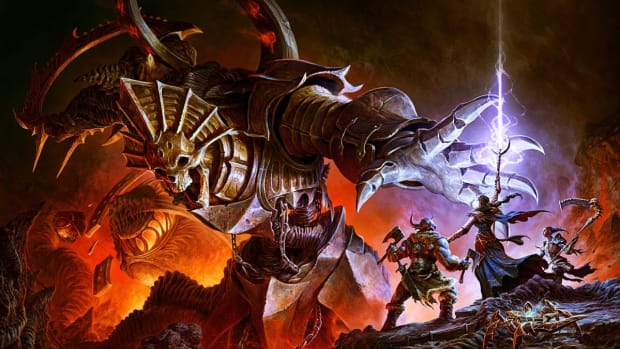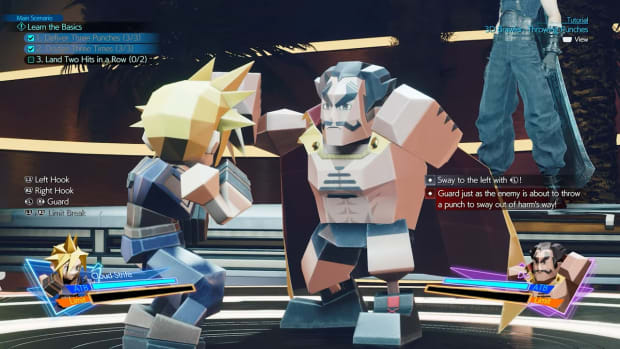TFT — A Master Guide on How to Play Reroll Compositions
Gambling is usually always high-risk high reward as it's not likely that players will always hit the jackpot. When playing slot machines, players can sit hitting the bet button for hours without any compensation. But in Riot Games’ Teamfight Tactics, there is a playstyle that almost always allows players to win big when playing reroll roulette. Here is an in-depth guide on how to play reroll in TFT.
Why Reroll?
Reroll compositions in TFT aim to upgrade low-cost units to their max potential (three-star) as quickly as possible. Even though high-cost upgraded units wield higher value later into the game, a three-star one-cost champion can carry players to first-place finishes just as well as a four-cost two-star depending on how optimal the setup is and of course, how fast they get to that peak.
Power spiking is a term that is used in the TFT community to signify when a comp is at its most powerful, reroll compositions will always power spike way earlier than standard four-cost carry compositions with the trade-off of putting pressure on the entire lobby early while they play conservative and try to wait out the reroll storm.
The actual reroll compositions usually vary from patch to patch but with this guide, players will be able to effectively play any reroll comp that enters the meta.
Types of reroll
While Reroll comps are fun to play they do come with a learning curve. Since reroll comps spike early, they also fall off earlier as well. To help maximize the window, reroll comps have a couple of ways of well…rerolling gold.
Hyper Roll: Hyperroll refers to spending all a player's gold at once to hit the refresh button in order to three-star their carry and supporting cast. This is usually done once a player is at the max econ threshold (50 gold) and they have around five or six of the specific unit they are trying to three-star. At this point, since a player is so close, hyperolling means that a player is both likely to hit the three-star and at the most opportune time which offsets the penalty of spending literally all of their gold.
Slow Roll: The safer of the two methods. While the former allows players to hit as soon as possible, there is still risk to hyperolling which comes from rolling all the way down to zero and not hitting their power spike which effectively means game over.
Slow rolling takes a tamer approach. Once a player hits 50 gold, every round after slow rollers will just roll their excess gold above 50 which keeps up their max economy while hitting their three-star units over time. The benefit here is not destroying your econ while being able to hit eventually with the trade off of power spiking a couple rounds late.
Most reroll comps in the meta are powerful enough to stand up to even the most high-cost comps which makes slow rolling the more popular option.
When to Reroll
Reroll comps are usually split into two categories, low-cost where the focus is on one and two-cost units and mid-cost which focuses on three-cost units. Both of them can follow the same reroll structure but knowing what stage of the game to reroll these is critical to success.
Low-cost: With low-cost reroll the typical time to start rerolling is at the beginning of Stage 3. If the comp is just centered around one-cost three-star units, it may be beneficial to hyperoll on level four. If not, re-rolling at level five is fine.
If there are two-cost units in the mix, rerolling at level six, which should be around Stage 3-2, is often preferred.
Mid-Cost: Three-cost units are almost never hyper rolled as the cost of buying nine of a three-cost champion means that rolling all the way to zero is too risky. Instead, players try to push to level seven with max econ around Stage 3-5 and spend most of Stage 4 slow rolling until they hit their upgrades. Three-cost reroll comps are usually strong enough to carry throughout the rest of the game as they are usually on par power-wise with the standard four-cost two-star carries.
In both styles of reroll comps after the main carry is hit, it's wise to just push levels to throw in synergy units to help stabilize the comp into the late game.






